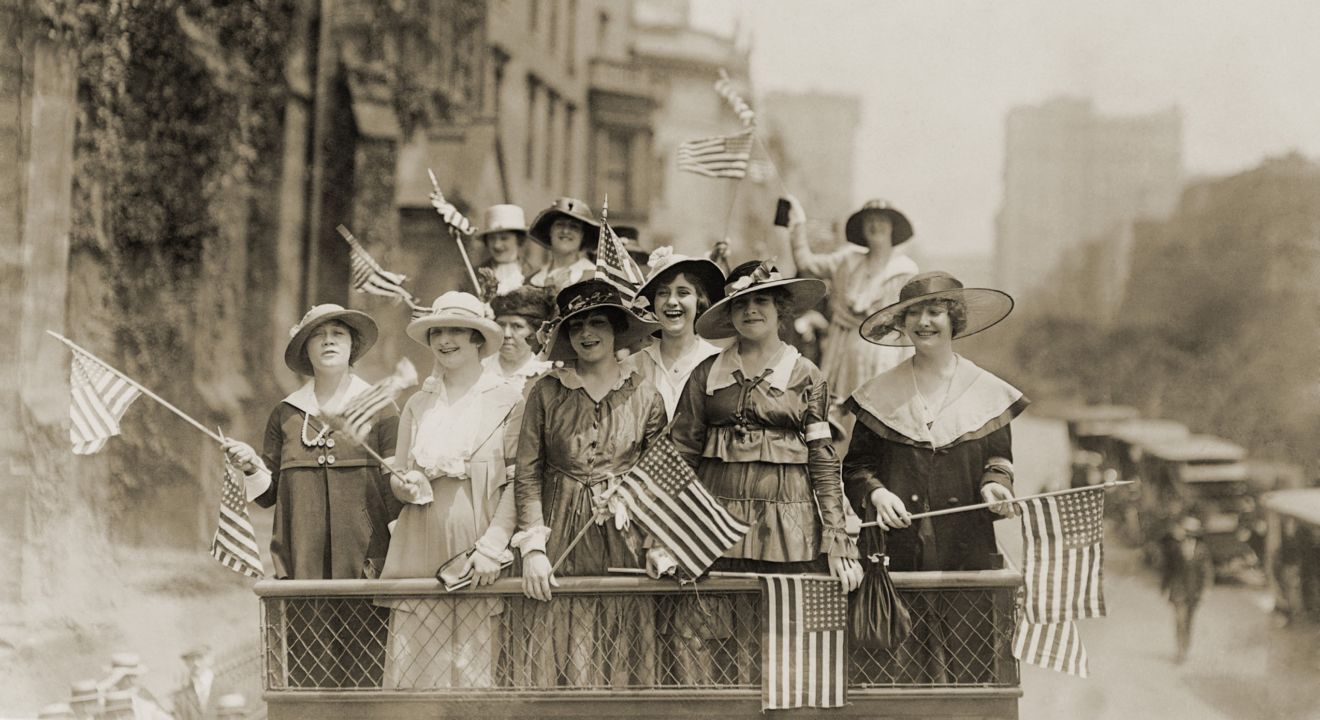Culture August 26, 2016


There is no doubt women have come a long way since more than 20,000 women gathered in the streets of New York City in 1970 to protest their second-class treatment.
With signs that read, “We are the 51% minority,” “Equal rights in pay and grading” and “We have the right to vote for the man of our choice,” women still lacked autonomy and the same opportunities as men — despite the 19th Amendment 50 years prior and the Equal Pay Act seven years before.
And just like then, progress within our contemporary culture has shown that it takes more than a bill passed or a holiday enforced to achieve full gender equality.
As TIME mentions, “the U.S. Government is still only 20% female” and only three out of the nine judges on the Supreme Court are women. Despite our current census, the nation’s diversity is not reflected within this political system.
And in the situations in which women are getting paid the same as their male counterparts, it is likely they had to ask for it. This is evident in the case of “House of Cards” actress Robin Wright who demanded the same salary as her co-star Kevin Spacey, and in the case of the world’s highest paid actress, Jennifer Lawrence, who wrote a Lenny letter titled, ”Why Do I Make Less Than my Male Co-stars.” These female actresses use their celebrity status to speak out against sexism in the entertainment business.
However, many things have changed since those women lined the streets to protest unequal treatment. Let’s take a look at some of the achievements women have made in the years since.
Since 1971, when Women’s Equality Day was designated, the gender pay disparity has improved from 59 cents for every dollar a man earned to 79 cents. The amount of women in the workforce went from 17 percent to its current 47 percent. And according to the Pew Research Center, the amount of women CEOs leading Fortune 500 companies has gone from zero to 22 in the past 20 years.
However, even with women dominating in the 2016 Olympics, a woman running for president and women outvoting men at the polls, women’s equality has been delivered through bite-sized opportunities from a restaurant with extremely slow service.
So, while women today are making remarkable accomplishments, they remain hungry for continued change.
“A woman with a voice is by definition a strong woman. But the search to find that voice can be remarkably difficult.” — Melinda Gates